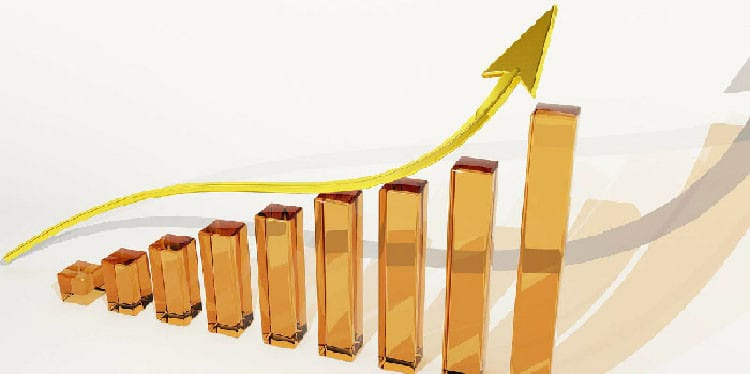Business capabilities are constantly expanding with new technologies. Not long ago, the procurement industry was blown away with simple communication software that allowed buyers and sellers to find each other. The modern e-Procurement model goes beyond mere connection into the realm of building fully-functional online marketplaces. To understand why these platforms are fostering more efficient procurement, let’s look at 4 ways your brand can build a marketplace between procurement buyers and sellers.
1. Make Connections
A successful marketplace is attractive to both buyers and sellers. The whole point is to bring business people closer together so they can communicate without distance getting in the way. This means your marketplace should be equipped with communication capabilities from email to real-time chat. Don’t forget to provide contact phone numbers so people can still get in touch the old-fashioned way.
2. Build Trust
According to a CPO survey done by ProcureCon (the annual international procurement industry conference), 45% of Chief Procurement Officers (PCOs) said they are looking for a marketplace featuring pre-negotiated prices with terms and conditions available for review. If you read between the lines, a desire for up-front pricing and clear terms means that CPOs are after more reliable, trustworthy negotiations.
Trust is huge in the procurement industry. In the old days, a handshake meant everything. Today, negotiations happen online from thousands of miles away and the industry is nostalgic for the kind of transparency that leads to trust and loyalty. Globalization means people are always scanning the horizon for a new procurement buyer instead of building strong relationships that last for generations. The modern solution is to create a marketplace that provides that kind of transparency for sellers. By presenting your RFP or product search as openly and transparently as possible online, you can garner trust from sellers and they will be more likely to approach you and begin negotiations.
3. Provide the Proper Environment
Building the right marketplace environment will bring sellers to you. If you want a fresh farmer’s market near your house, it’s only logical that you would build spacious and attractive stalls in a popular walking district with built-in foot traffic. If you do this, you don’t need to scout vendors for your market, they will see the potential of the space and approach you first about how to get a stall. e-Procurement marketplace solutions are no different. If the space is attractive, makes it easy for vendors to get situated, and has buyers waiting to peruse products the vendors will knock on your door. Building a marketplace for procurement buyers and sellers as part of your e-Procurement software suite gives you all this and more.
Good e-Procurement marketplace solutions also have secondary functionalities that increase traffic like purchasing policy compliance, regulatory checks, and follow-up automation like POs and billing. In the farmer’s market analogy, think of these extras like free signage and convenient locked storage so the market provides safety and fairness for the buyers up front.
4. Try a Reverse Auction
Once you have the right software, trying a buyer-hosted reverse auction is a gateway activity to get vendors to participate in your marketplace. The appeal of a reverse auction is that it gives vendors control over winning the bid and forecast outcomes that fit their budgets. Using a reverse auction can get you a low price and good service from a vendor, but the vendor has expectations too. Make sure your business-to-business (B2B) marketplace software gives vendors the same user-friendliness as commercial online shopping sites like Amazon:
- Mobile device support –remote access for users from their tablet or phone
- Information-rich listings – photos and detailed descriptions for easy comparison shopping
- Personalization – remember vendors’ favorite searches to save them time on a future purchase
- Ease of payments – integrate with your Procure-to-Pay (P2P) software for easy follow-through
The best part of a reverse auction is that both buyers and sellers benefit from the record-keeping functions so that payment follow-ups and reports are always just a click away.
The Modern Marketplace
The process of buying and selling in procurement has changed so much due to globalization and the fragmentation of our production lines. Still, the old-fashioned values in doing business remain important: Making connections, building trust, quality business environments, and making the negotiation process easy are all part of fostering good business relationships. If you are considering running a reverse auction for a portion of your current spend, talk to a sourcing expert and get a feel for ProcurePort’s e-Procurement marketplace solutions to see if it’s right for you.










